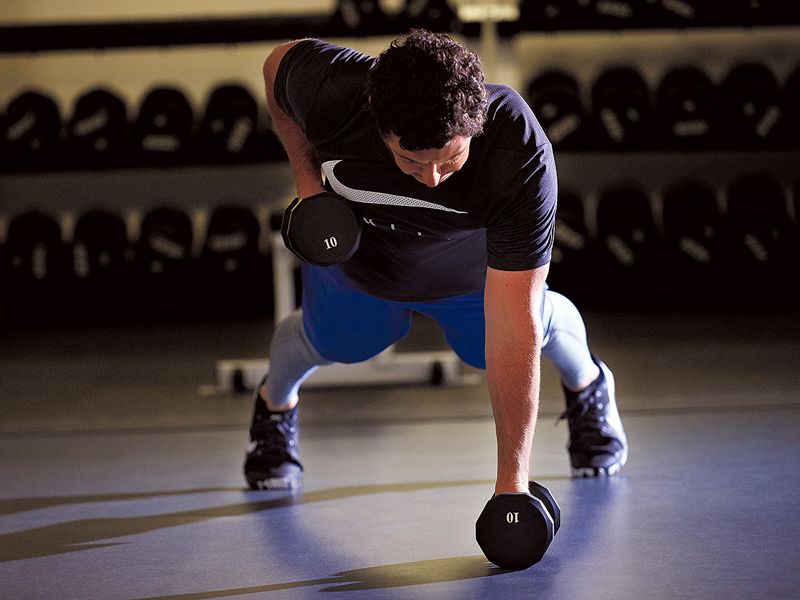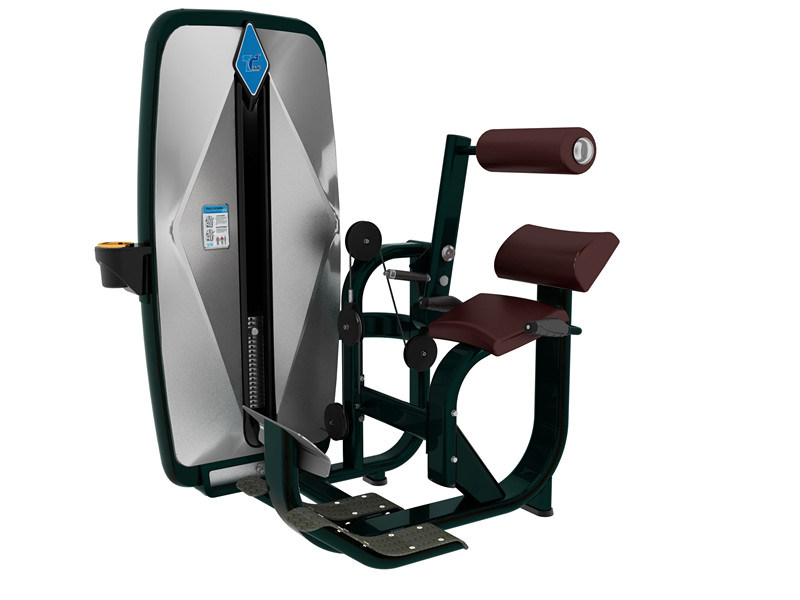Exercising To Shed Weight – What’s The Best Exercise To Lose Weight?

Based on the American College of Sports Medicine, the perfect quantity of cardiovascular exercise to shed weight you have to complete is 200 to 300 minutes each week. This exercise must performed at between 55% and 70% of the maximum heartbeat to be able to burn all the fat for the effort.
That could appear quite a bit, but it is only three to five hrs per week, of medium intensity exercise.
What’s Your Optimum Heartbeat When You Are Performing Exercise To Lose Weight
Your maximum heartbeat is understood to be 220 minus how old you are. Therefore if your three decades old, your maximum heartbeat could be 190 bpm.
To exercise at 55% to 70% intensity, your heartbeat should remain in the plethora of between 55% and 70% of 190 – that is 104 to 133. Keeping the heartbeat within this range although exercising while mean you are burning the optimum quantity of fat.
You aren’t expected to take part in five hrs of cardiovascular activity at 70% of the maximum heartbeat immediately. Don’t start too fast and make up progressively. For instance, should you be formerly sedentary, you can begin with brisk walking in an exercise heartbeat of 55% of the maximum heartbeat 72 hours per week, twenty minutes every time, and work upwards after that.
Progress by continuing to keep the exercise intensity low and growing the exercise duration or distance by about 10% each week. After you have arrived at the preferred frequency and workout duration, start growing the intensity. For instance, should you be formerly brisk walking, you are able to step-up the intensity by alternating between ten minutes of brisk walking and a few minutes of jogging. When you are familiar with that, you are able to alternate between ten minutes of brisk walking and ten minutes of jogging, and so forth.
Timing of Exercise
Will it appear time throughout the day you workout? Early each morning, once the air is awesome and clean, is good, particularly if you exercise outdoors. However the overriding factor is convenience. We’d gladly find time for you to exercise, not to mention be picky concerning the time. For those who have a normal lunchtime, it may seem easy to exercise then.
Many people choose to exercise in the evening to wind down. Some finish work late or in a different time every single day, so that they may prefer exercising early each morning, once the time belongs to them. Almost everyone has difficulty dropping off to sleep within two hrs after exercise (because of elevated adrenaline levels), so exercising near to bed time might not be ideal. The end result is: Select a time that most closely fits your schedule, so you increase your total exercise.
Another consideration is mealtimes. Should you exercise before eating anything, you might feel too lethargic to workout in the preferred intensity and duration. However if you simply exercise right after meals, you’d fight to exert your self on an autumn stomach. Generally, probably the most comfortable time for you to being active is about two hrs following a primary meal.
Comfort aside, will the timing affect fat-burning? For instance, when we exercise before eating anything, will we burn more excess fat?
Our physiques have two primary energy stores: the carb store (by means of glycogen within the liver and muscles) and also the fat store.
At moderate exercise intensities, the most well-liked fuel is carb, so when that expires, your body may have no choice but to depend almost exclusively around the fat store. Your body has a couple of,000 kcal of carb stored up. When that is going to be utilized up, we’re feeling like we have “hit the wall”, because the body begins to depend heavily around the fat store, which releases energy gradually. For this reason it’s difficult to conserve a high exercise intensity after striking the wall.
It always takes about 90 to two hours of moderate- to high-intensity exercise (i.e. at 70% to 75°/o from the maximal aerobic capacity) before striking the wall. However, if we are inside a chronic energy deficit, our carb store has already been “half empty”, therefore we have a tendency to hit the wall earlier. Planning to hit the wall during routine being active is not wise, because it is not sustainable and also the total energy expenditure isn’t optimal more than a lengthy period.
Appetite is covered up during and soon after exercise, especially moderate-to high-intensity exercise. Make the most of that. For instance, should you generally have a voracious appetite during dinner, choose a good workout right before dinner. This way, you will not eat just as much for supper. However, keep in mind that, an hour or so after exercise, your appetite won’t return but additionally increase, so opting for supper greater than an hour or so following a workouts are not recommended.





